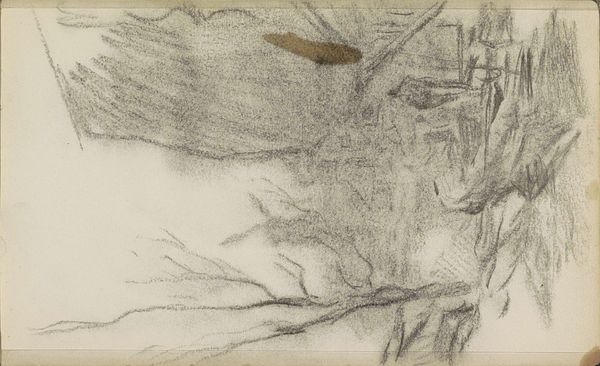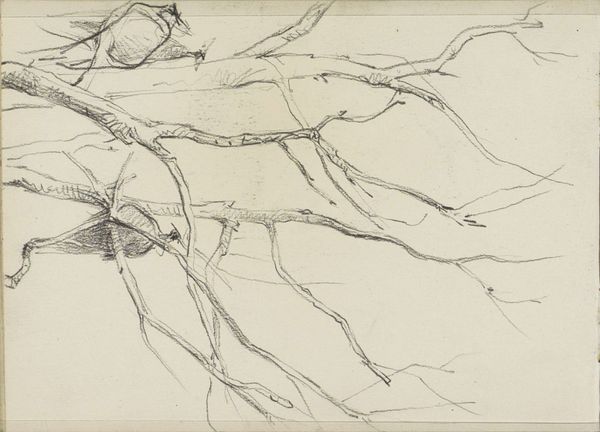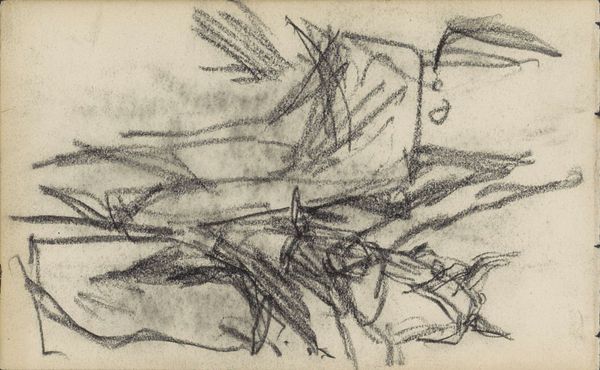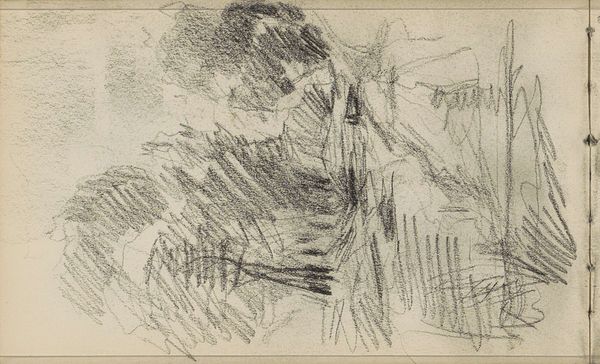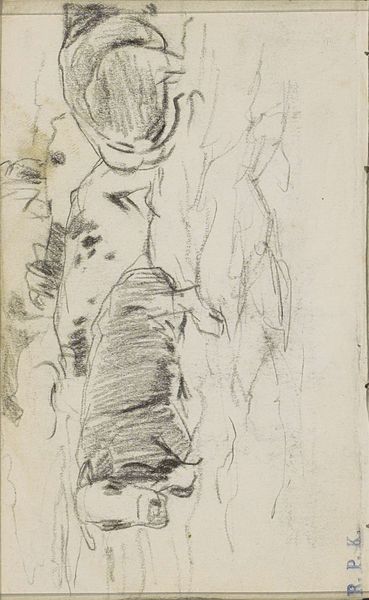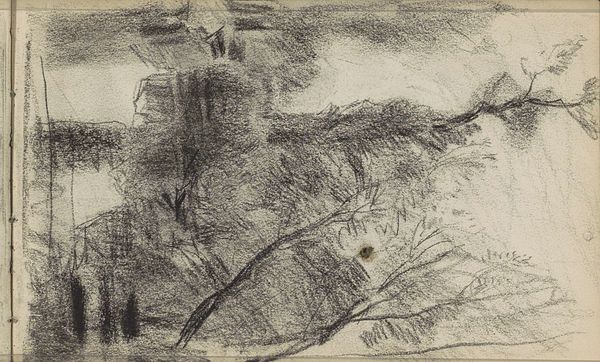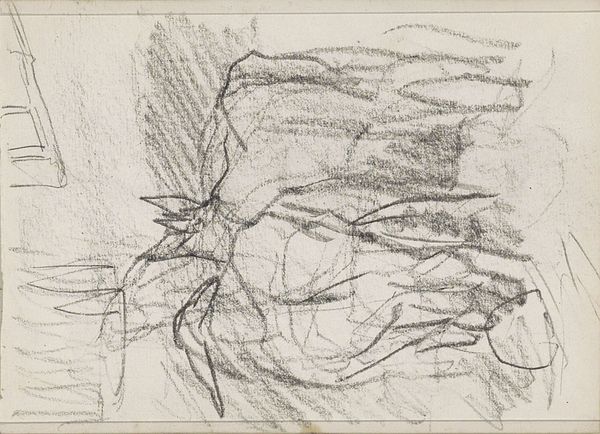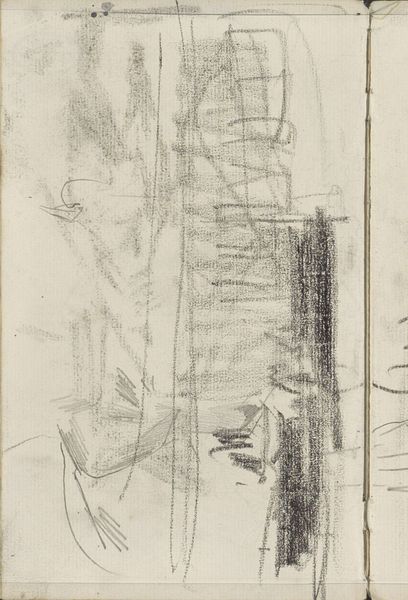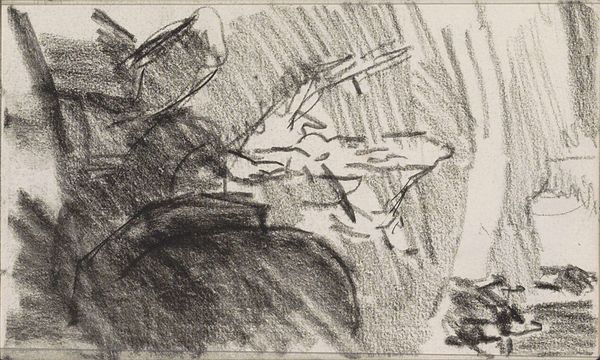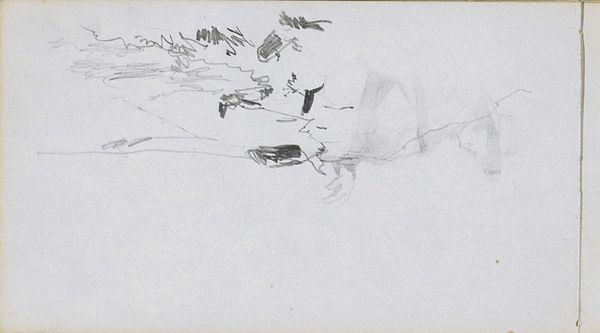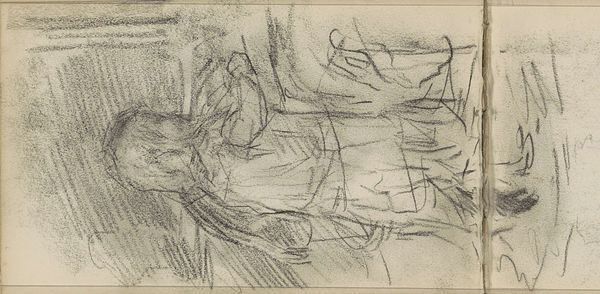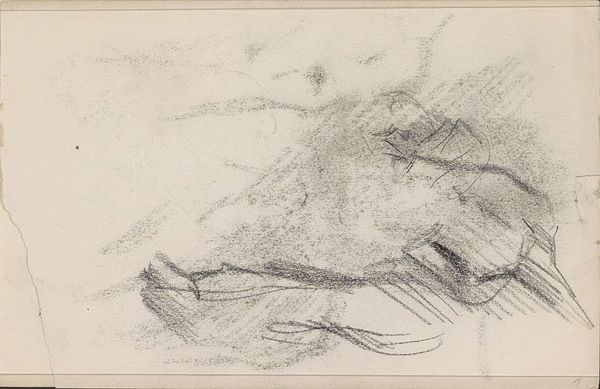
drawing, pencil, graphite
#
portrait
#
drawing
#
pencil
#
graphite
#
realism
Copyright: Rijks Museum: Open Domain
Editor: This is "Studie," by Jozef Israëls, dating from between 1834 and 1911. It's a pencil and graphite drawing, and you can see all the marks so clearly. The Realism style really highlights the raw creation of the artwork... I guess my initial thought is, it is more about process than it is about depicting a face. How would you interpret it? Curator: I see a fascinating exploration of artistic labor itself. Note the deliberate use of readily available materials – graphite and pencil on paper. It's not about illusionism or concealing the hand of the artist; quite the opposite! Israëls foregrounds the physical act of drawing. What can the texture of the line, the weight of the graphite, tell us about the artist's working conditions, the studio environment, and perhaps even the societal view of artists during that period? Editor: So, you're seeing the materials themselves as expressive, not just a means to an end? That makes sense, considering the time. Curator: Precisely! Consider how mass production was transforming art making in the 19th century. Here, we see Israëls grappling with these changes, emphasizing the individual hand, but using commonplace industrial materials. Graphite itself speaks volumes! Think of where the materials came from, who was manufacturing and processing graphite at the time and how the end results become artistic expression through artistic intervention. Editor: It's interesting to consider that the pencil and paper aren’t just tools, but carry their own history and significance. That definitely changes how I see this. Curator: Indeed. Israëls compels us to confront how everyday materials can be elevated through skilled labor and artistic intention, which, as we see, ultimately invites considerations surrounding labor exploitation and wealth inequality. Editor: It’s made me appreciate the subtle artistry of this work. I never would have thought a simple pencil sketch could have such complex layers. Curator: Me neither, or at least, not until now.
Comments
No comments
Be the first to comment and join the conversation on the ultimate creative platform.
